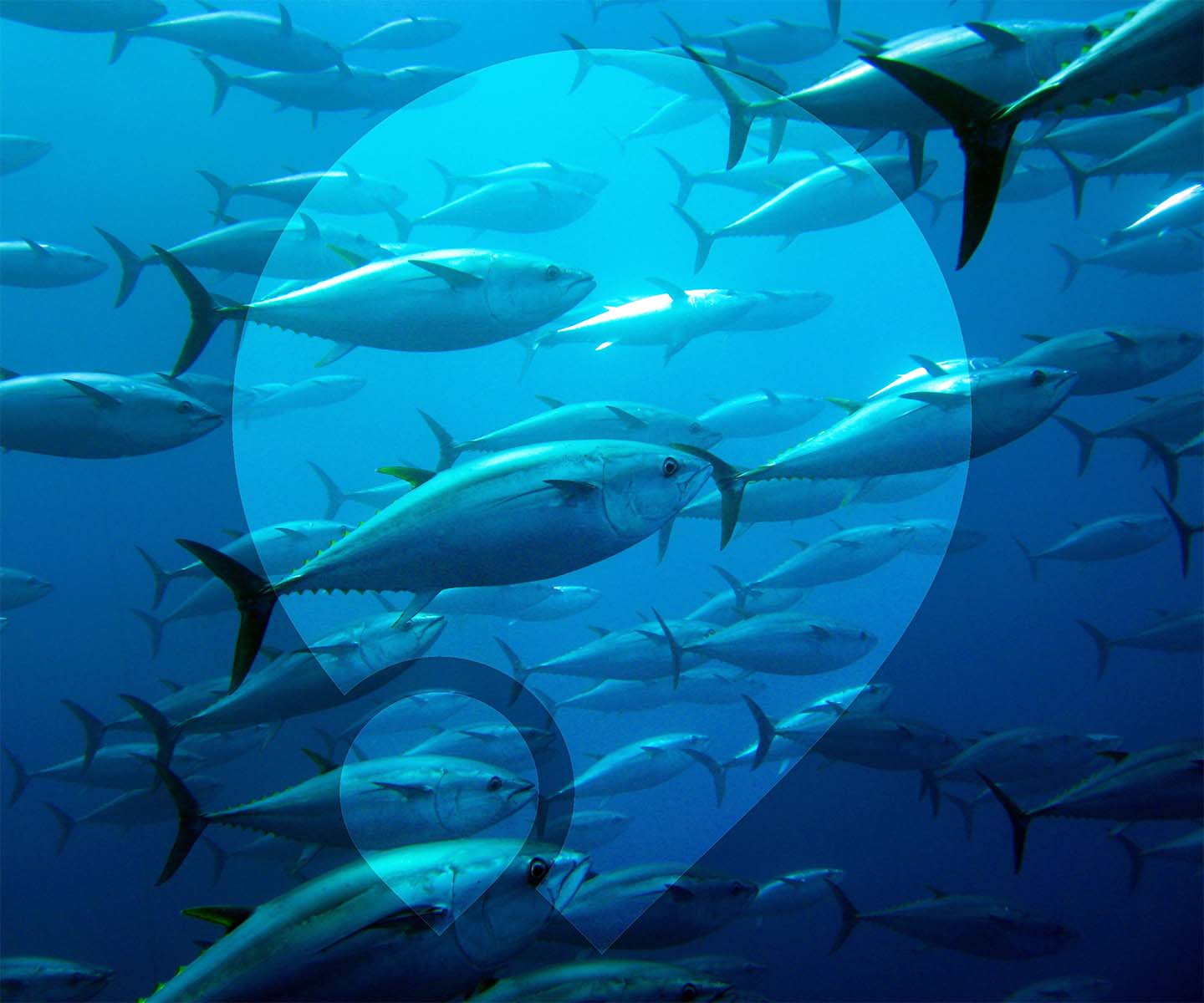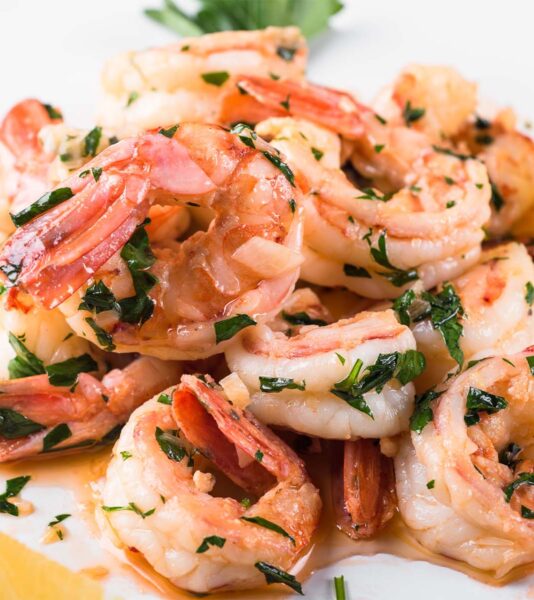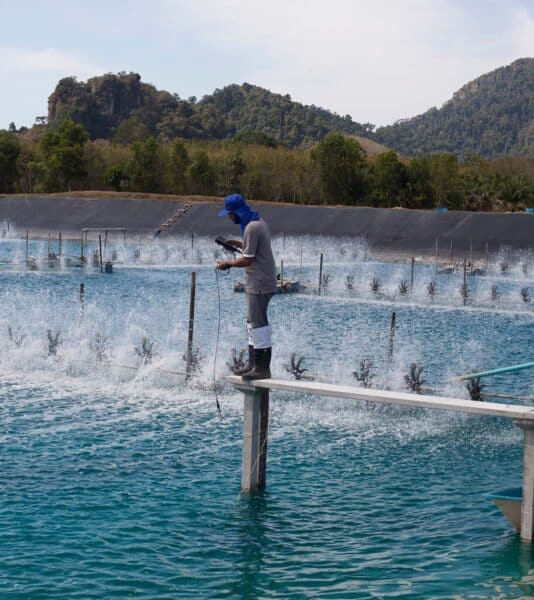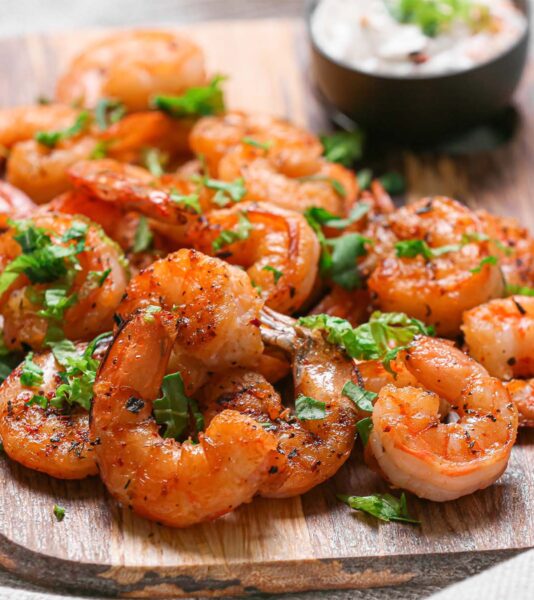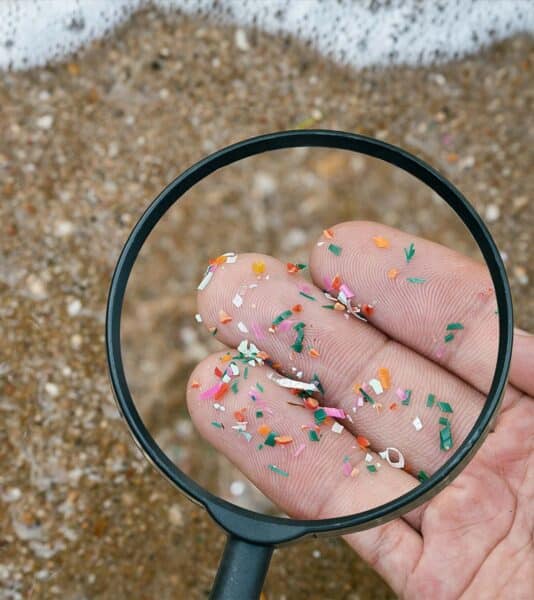World Oceans Day on June 8, 2025 draws our focus on “the critical importance of protecting our oceans and marine life,” says the Marine Stewardship Council (MSC). As consumers increasingly value sustainability, they want to know where their seafood comes from.
In response to consumer expectations, foodservice operators are looking to the seafood industry “to provide visibility into how and where seafood is sourced and its impact on fish populations and ocean well-being—and to make responsible sourcing decisions,” says the Tunaversity continuing education course, Sourcing Sustainable Seafood.
Seafood traceability makes sustainable practices visible and transparent to foodservice operators and end consumers. Here’s a closer look.
What is traceability?
There are multiple process steps, locations, and governing bodies in the flow of wild-caught seafood.
Traceability is the ability to track a product from its place of origin to the consumer. It follows a product through the supply chain, explains a Thai Union blog by Darian McBain, Ph.D., Thai Union’s global director for sustainable development. Tuna traceability helps to ensure that tuna is sustainably caught, processed, and brought to market.
Traceability is “important to ensure food safety, to prevent [illegal, unreported, and unregulated] IUU-sourced fish from entering international markets, to prevent fraud, and to advance and verify sustainable practices,” explains Sourcing Sustainable Seafood.
The benefits? That visibility increases customer confidence in food products, says McBain. “Sustainability practices influence consumer purchasing decisions and can impact a foodservice establishment’s success,” notes Sourcing Sustainable Seafood. In fact, the course notes that that use of the word ‘sustainable’ has increased more than 300% on seafood menus over the past decade.
Tuna Transparency Pledge
Traceability requires coordinated efforts of multiple players in the supply chain. Thai Union was among the initial signers of the Tuna Transparency Pledge, a global initiative led by The Nature Conservancy “aiming to unite actors throughout the supply chain to achieve 100% on-the-water monitoring on all industrial tuna vessels by 2027.”
In a longstanding commitment to seafood sustainability, Thai Union also signed on to the Tuna 2020 Traceability Declaration from the World Economic Forum in 2017. The pledge is rooted in the idea that “the tuna supply chain should be legal, sustainable and transparent, such that the benefits of tunas remain available to all.” Traceability, the Forum explains, improves sustainability initiatives.
MSC -traceable seafood
The standards of MSC certified seafood ensure that catch is verified and traceable throughout the supply chain. “Traceability goes hand in hand with sustainability as the best way to ensure that claims on packaging—including, but not limited to species, origin, and sustainability status—are accurate, credible, and not fraudulent,” says the MSC.
As seafood moves along the supply chain, how can we ensure that data about its sources moves with it? To answer this, MSC developed a Chain of Custody Standard, which “ensures an unbroken chain where certified seafood is easily identifiable, separated from non-certified products, and can be traced back to another certified business,” says MSC.
Traceability – global standards
The Global Dialogue on Seafood Traceability (GDST) was launched in April 2017 as a seafood industry forum dedicated to creating the first-ever global standards for seafood traceability. Thai Union is a signatory to the GDST standards and a member of the Steering Committee board.
Seafood sourcing has many steps, so any data collected has to be shareable in order to build a full picture of traceability. The GDST offers “a common language for traceability in the seafood supply chain, using data that is both reliable and affordable,” its website explains. The standards are intended to help ensure that seafood entering the supply chain originates from legal production practices and that companies have visibility into their supply chains, says GDST.
Chicken of the Sea’s parent company, Thai Union, “aligns its sustainability initiatives with globally recognized collective sustainability priorities and programs,” notes the Thai Union website. Our SeaChange®2030 sustainability strategy provides solutions for both people and the planet to support a better future for all. Learn more about our commitments to seafood sustainability on the Chicken of the Sea website.
Trace your seafood
As you observe World Oceans Day on June 8, you can help guests recognize that traceability is a lynchpin in seafood sustainability. The Chicken of the Sea Trace Your Seafood page allows anyone to enter a tracking code from the package to view the product’s story.
